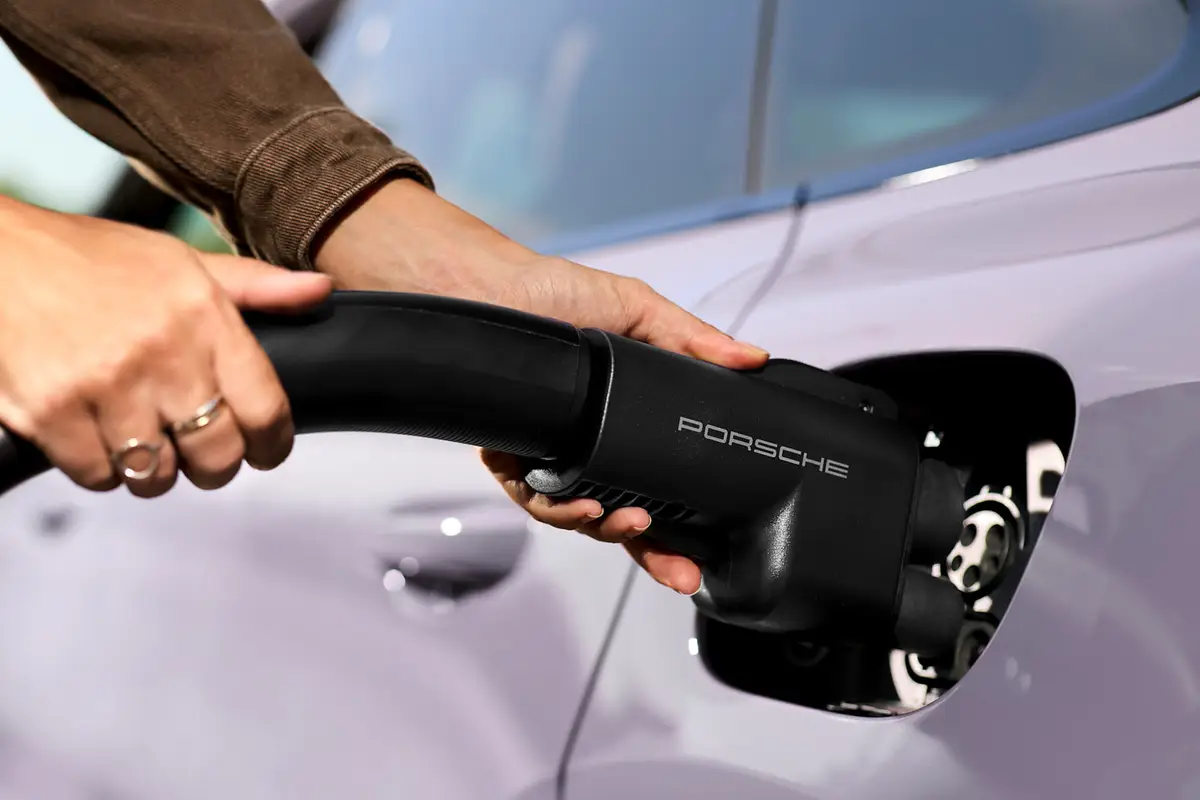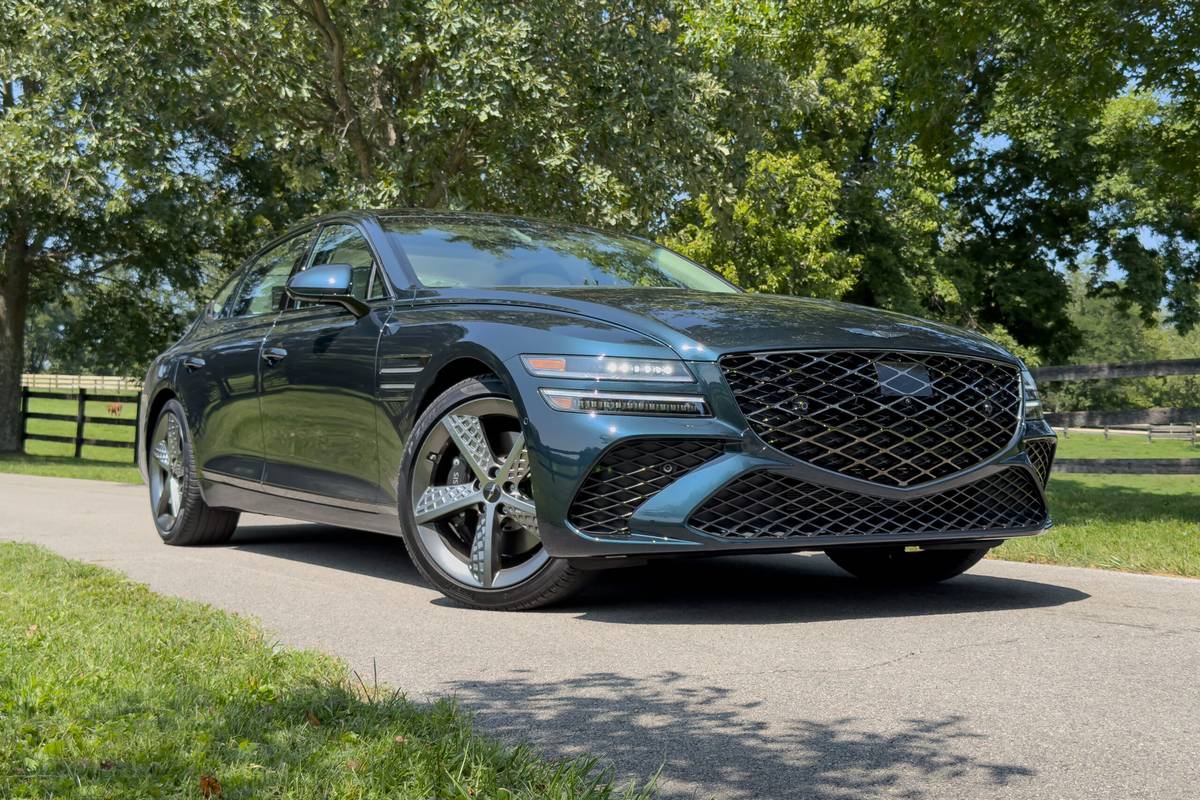Orlando Sentinel's view
Every few years, a really great car comes along and somehow manages to be almost completely ignored by automotive journalists. This doesn’t happen often, but when it does, usually a collectible is born.
In 1988 it was the all-wheel-drive Mazda 323 GTX. They now are highly sought after and expensive.
Two years before that it was Carroll Shelby’s Dodge Omni GLH-S. They now sell for more than their original sticker price.
This year, there’s another excellent car – nearly unknown – that has all the ingredients to become a collectible. It’s the Cadillac Seville Touring Sedan, of which only 3,000 will be made in this model year.
The ”problem” with the Seville Touring Sedan or STS, as Cadillac calls it, is that the STS does not really fit the image or demographics of the average Cadillac buyer.
Cadillac says the average age of its customers is 55. That crowd doesn’t usually go for high performance and sports-sedan handling, but prefers traditional luxury, rear-wheel drive and a soft, comfortable ride.
Though the STS has some of these qualities, it also has much more. In fact, it seems to combine the best of all possible worlds.
On the inside, Cadillac has festooned the dash, door panels and console with elegant elm burl wood trim. We’re talking about real wood here. The wood is complemented with thick brown leather upholstery on the seats, door panels and dash.
The sound system features a compact disc player that ranks somewhere between superb and fantastic. The air-conditioning system refrigerates the interior as good as the best, and – finally – the STS’s electronic instrument cluster won’t send you scrambling for the Visine.
Consistent with the STS’s sporting nature is the floor mounted T-handle transmission shifter. It’s located in a nifty console that runs the length of the interior and contains compartments for CDs, coins, one cup holder and other knickknacks. The coin and cup holders – mounted in a swiveling assembly – can be hidden by rotating it.
At the base of the console is a computerized message center that lets the driver stay abreast of the car’s vital functions by pressing a series of easy-to-use buttons.
My favorite features of the car are the lighting and electrical systems. At night or during inclement weather, the headlights automatically are switched on and off. The driver can set the time the lights stay on (up to 3 minutes) after exiting the car, so that if you park outside, you won’t fumble with keys in the night or trip over anything on the way to your front door.
Also, when you take the key out of the ignition, the car’s electrical system remains operative until you lift the door handle. If you forget to raise the window, for instance, you don’t have to reinsert the key to close it.
The car’s body style has been around for a few years. But its unique wheels, STS badging and a special paint job differentiate this Seville from its lesser broth ers.
Under the hood is a throaty 180-horsepower, 4.5-liter V-8 that propels this 3,480-pound sedan from 0-60 mph in just 9 seconds. The engine is connected to a computer-controlled, four-speed overdrive automatic transmission that drives the front wheels – something I didn’t believe until I opened the hood and saw the drivetrain sitting sideways. The STS has to be one of the finest engineered front-wheel-drive cars available.
It’s a beautifully balanced vehicle that handles the application of power smoothly and predictably no matter if you are in a tight turn, powering onto an interstate or simply need a short burst of power between stop lights. There is a penalty attached, however. The STS has a hefty appetite for unleaded premium fuel.
In combined city/highway driving with the air conditioner on, the car’s computer said I averaged 17.3 miles per gallon. It seemed like much less.
In any case, the STS lays claim to being a performance/luxury sedan by virtue o such items as anti-lock, four-wheel disc brakes, a special touring suspension package that includes a thicker stabilizer bar up front, plus one in the rear, and big 16-inch wheels shod with Goodyear Eagle radials. The STS also has a quicker ratio power rack-and-pinion steering system than standard Sevilles. The result is a surprisingly firm and athletic ride.
Even though the STS is a limited-production vehicle, one gets the idea Cadillac hasn’t quite figured out yet how to market it. The STS is clearly a vehicle that can run with mid-sized BMW and Mercedes-Benz models – for a fraction of the price. The quality of build in the STS conveyed a feeling of solidity. The car is extremely sturdy and gives one the feeling that it will not fall apart by the time 100,000 miles rolls around.
The only problem with the STS is that few people in the market for that type of car know about it because Cadillac doesn’t readily come to mind when you are looking for a performance/luxury sedan. That poses a significant problem for Cadillac’s marketing department, but bodes well for the collectible market, which hasn’t seen an interesting Cadillac in many moons.
Along with the Allante, the STS is another example of how GM’s luxury car division has broken free from the mediocrity that cost it so dearly in terms of sales and prestige in the 1980s.
Latest news



